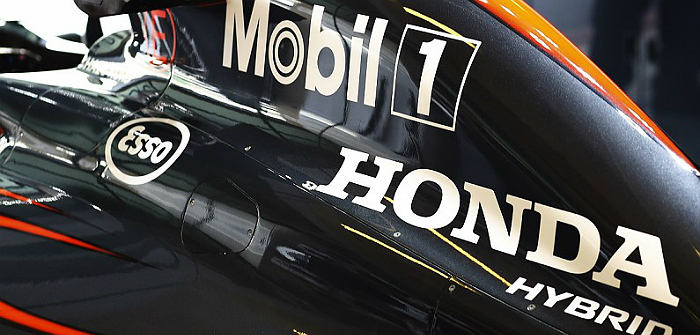Interesting things are happening in the world of Formula 1 engines, with the announcement that Red Bull Racing will be sponsored by Aston Martin being a rather confusing one. At the moment Red Bull Racing uses Renault engines, badged as TAG-Heuer. This deal is nothing to do with TAG engines of old but is simply the watch company (no longer part of the main TAG empire, but now a brand belonging to the French luxury giant LVMH), which is sponsoring the engines in order to get a name check on TV every time a Red Bull car is captioned on screen. The recent reshuffle of power unit supply, with McLaren moving to Renault in 2018, and Honda shifting to Scuderia Toro Rosso, has been followed by suggestions that Renault will stop providing engines for Red Bull in 2018 and 2019. This might not be possible because Renault may be required to continue to provide engines for Red Bull.
The rules are hideously complicated, but in effect they require engine manufacturers to supply a fair share of the grid. With 10 teams and four manufacturers, each must “if called upon to do so” supply at least three teams. As it stands, for 2018, Mercedes has deals with Williams and Force India, Ferrari with Haas F1 and Sauber, and Renault with McLaren and Red Bull. Honda, for the moment, has only Scuderia Toro Rosso. Obviously, the factory teams do not wish to be embarrassed by their customers, so one can see an argument that Renault might want to drop Red Bull, but whether that can happen is another story. It is not going to be easy for Red Bull Racing to do a deal with Honda if its title sponsor is Aston Martin, and as Renault has not objected to its power units being called TAG-Heuer, that deal could continue until the end of 2020.
In 2021, it’s a completely new game and there is a lot of hustle and bustle as teams position themselves for the future. There is a big push going on to make the power unit simpler and less expensive, and the signs are that the new regulations will do away with the noise-absorbing, complex and expensive MGU-H systems, and will instead increase – but standardize – MGU-K systems. The engines will be twin turbos with a faster fuel-flow rate and designed to improve the engine noise. This means that there will be a better show, closer competition, less cost and an opportunity for new manufacturers to come into the game. This all makes sense, but it must really be linked to deals to ensure fair distribution of revenues and some kind of limit on spending, with a suitable glide-path so that teams can redeploy staff in different ways over a period of time. The drafting of the new rules is key also if there are to be new manufacturers, as the newbies are worried that the current competitors will have the advantage. However, it is also clear that the new management want the manufacturers to have less power over the teams and so the more manufacturers involved, the better.
Since the summer there has been talk that there ought to be an independent power unit manufacturer for customer teams, but there is an added nuance here because the word is that Red Bull Racing and McLaren have a plan to work with Cosworth, to jointly develop an engine for the new rules. Once that is completed, they will take the basic concept and develop it in their own ways, thus providing McLaren with a McLaren V6, Red Bull (or whatever the entity is by then called) with an Aston Martin V6 and Cosworth with a V6 that it can sell to customers. Ferrari could probably do likewise with an engine for Alfa Romeo, if Fiat still wants to push Alfa Romeo into the sport (to make the brand sexier for an IPO that is rumored to be coming for the Maserati/Alfa Romeo division) while Mercedes, Renault and Honda are likely to be joined, as power unit suppliers, by Porsche. The latter says that it is not looking for a factory team of its own, but it would make sense to do so in the long term.
The word is that Williams would be the best way forward, for a number of reasons… not least that Porsche could take the credit for the team improving. Joint R&D operations are all the rage in the automobile industry and in recent months we have seen McLaren become part of a similar scheme involving the British government and BMW to develop road car power units.



